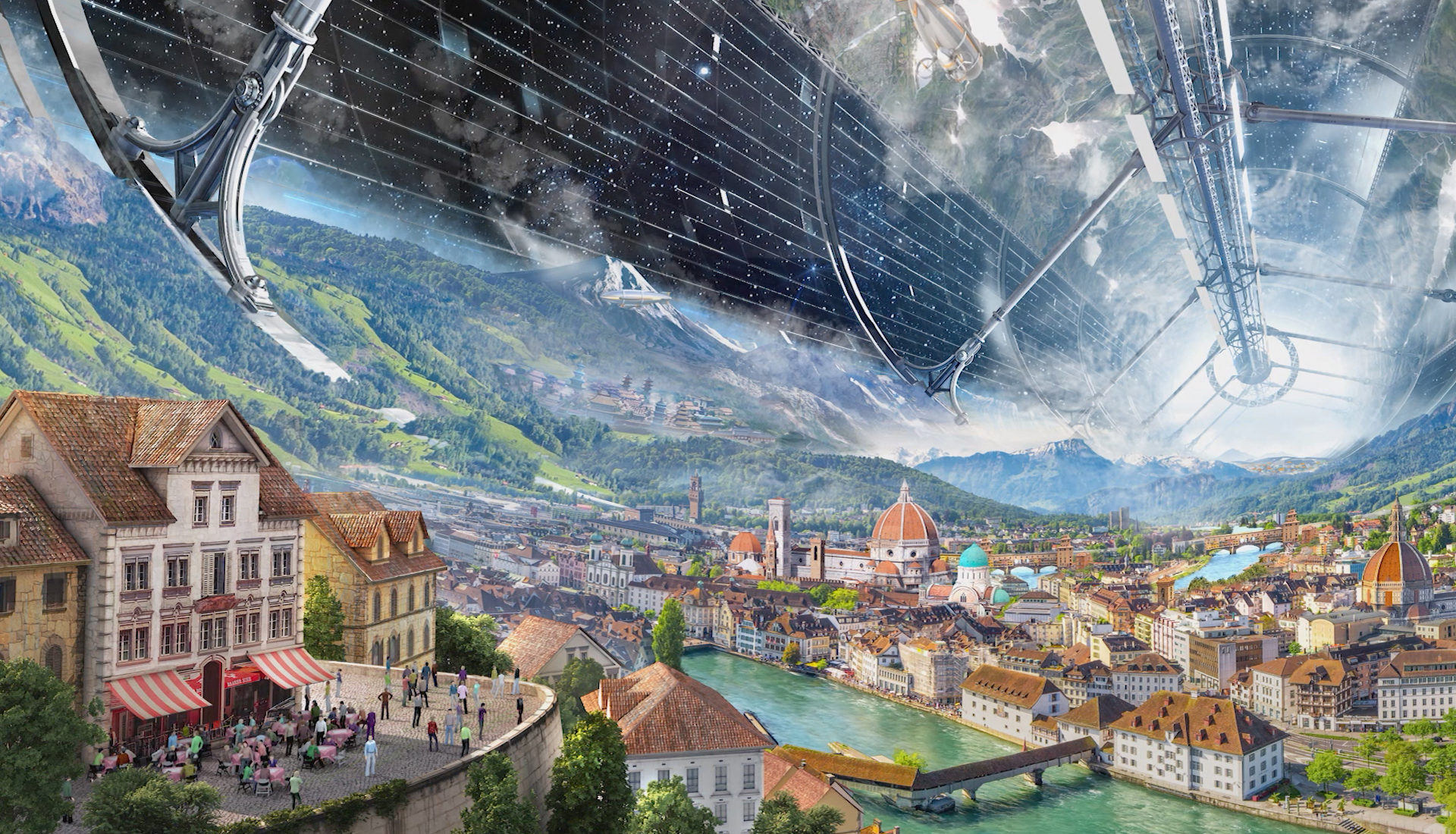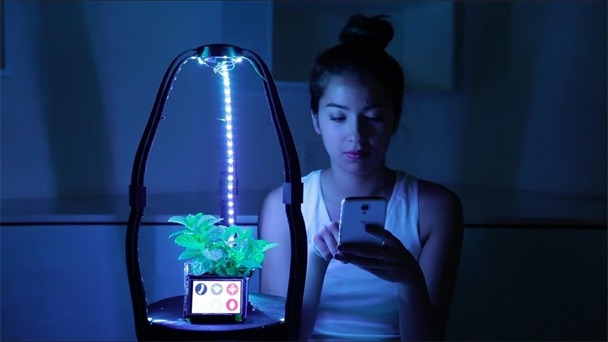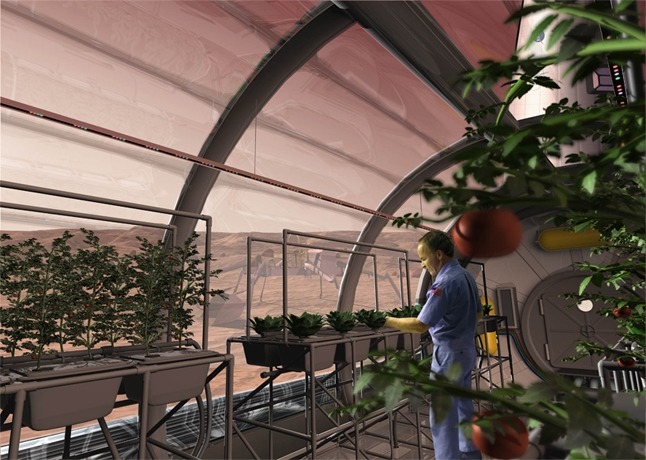If humanity is to successfully create colonies in outer space, it’ll need to come up with some serious new tech. Luckily, some of the necessities are already in the works.
Humanity has been flirting with its cosmic destiny for years now. From the early epiphanies of our first science fiction writers to the astounding feats of manned space missions, we’re getting itchy feet still wading Earthen shores. The vast expanse of the unknown is calling. And science is answering.
For space colonisation to drift even vaguely within the realm of possibility, we’re going to need some serious new inventions. Luckily, public enterprises and private companies, like those backed by billionaires Jeff Bezos and Elon Musk, are all assisting the push to the outer regions. Enough money and clever minds are working together all over the planet to consider what space colonisation needs, and how to make it possible.
Whether it’s getting to the moon again, crafting terraformed sands on Mars, or spinning self-sustaining colonies – the result will be the same. We’re leaving this sandbox, and these are the tools we need to do it…
1. O’Neill space colonies
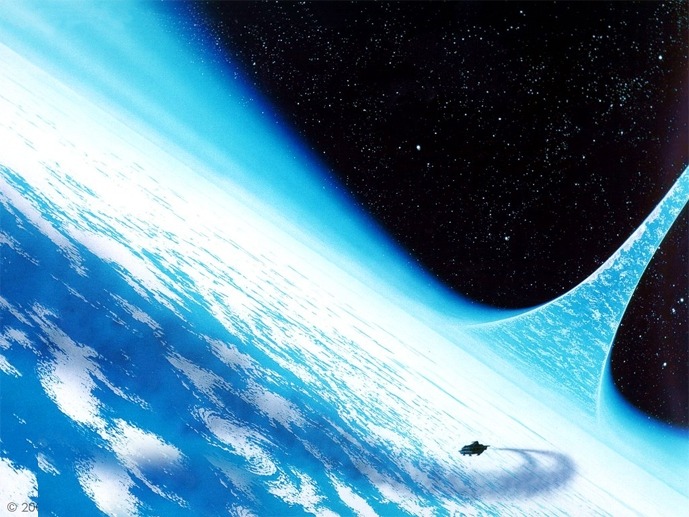

An antiquated yet robust idea, the O’Neill space colony was first thought up by the Princeton physicist Gerard O’Neill way back in the 70s. The fact that the concept still leads the forefront of extra-planetary colony design some 50 odd years later is testament to its genius.
O’Neill was interested in building alternative human habitats that were not only outside of Earth but were constructed entirely separately from any planetary body. Out of this was conceived the idea of a giant rotating spaceship, which could support a biosphere and house over 5 million people. The basis of the structure would be made from steel and aluminium and formed into a hollow cylinder.


Basically, an O’Neill structure is a giant rotating ring with a habitable biosphere resting on the inside loop. It’s thought that controlling gravity and creating a climate habitable by humans would be easier to do in the inside of a sphere rather than on its surface. Artificial gravity would be created by the cylinder’s walls rotating.
An entire space mining industry would be needed to transport rocky material from the moon and asteroids to serve as the bedrock to these colonies. Cosmic construction crews would assemble the colonies in space, headed up by engineers and ecologists.
The idea of an O’Neill colony was recently brought up by none other than Jeff Bezos himself, who has stated that the next mission of his Aerospace company Blue Origin may be to try building one.
2. Fuelling up in space
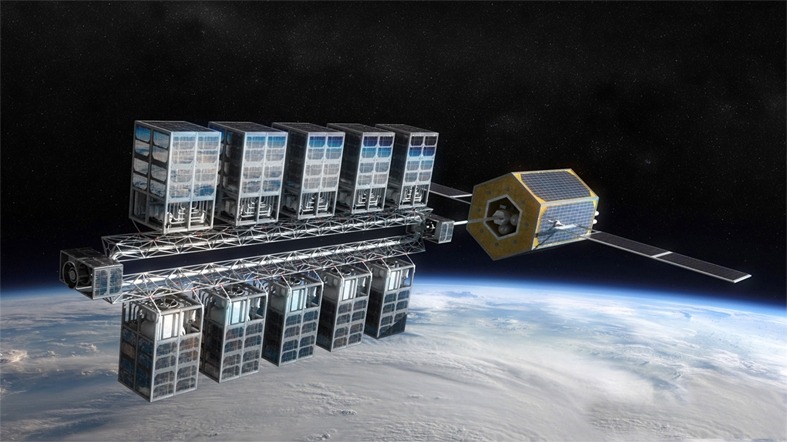

Getting ourselves to the further reaches of the galaxy requires an entire new class of tech that doesn’t yet exist. NASA has tasked themselves with leading the charge in re-fuelling innovations that will make it possible for terrestrial ships to go as far as Mars, and beyond.
The US space agency is working on a satellite propellant transfer – this means that they’d equip a long-range satellite with the ability to re-fuel a ship whilst in flight. This would eliminate the need for the ship to have to return to the ground and fill up.
Finding enough energy to travel far in space has long been one of the hardest obstacles facing scientists. This initiative would allow for a greater range in deep space and be a great boon for transporting space materials without expending more energy than needed.
For a more short-term solution to the fuel problem, Canadian tech Company Thoth Technology was recently awarded a US patent to begin developing a 20km high ‘space elevator’ which would transport astronauts and materials much closer to orbit to launch and refuel ships. If completed, the elevator would reduce rocket fuel consumption by up to 30%.
3. Self-repairing spaceships


In addition to developing newer, more mobile, and highly efficient spacesuits last year, NASA-funded research has led to the creation of a self-healing material. They combined two layers of polymer with a reactive liquid called thiol-ene-trialkylborane, which solidifies upon contact with the air to a form a sort of next-level silly putty.
This is a real Star Trek level invention. If you were to build the exterior of a ship using it, the reactivity of the material could be used to defend astronauts from space debris. It even has practical uses back here on earth as well – bulletproof vests or car bits could definitely do with a bit of terminator-like self-replication.
4. 3D printing in space
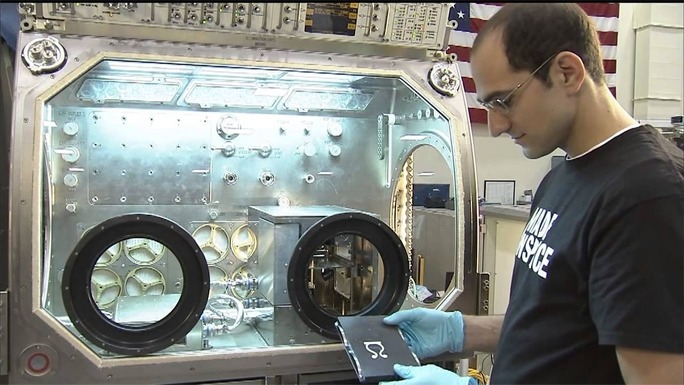

One of the biggest concerns facing space colonists is the production of resources when far away from Earth. Clearly a colony wouldn’t be able to survive if it was dependent on supplies from its home base. The solution? Space 3D printers.
Given that regular 3D printers require raw materials to create objects, space 3D printers would have to be able to transform materials mined from comets into useable objects and machinery. Hopefully that’s a simpler process than it sounds…









